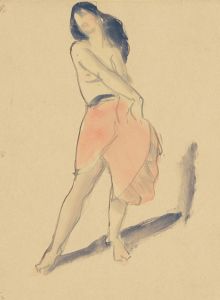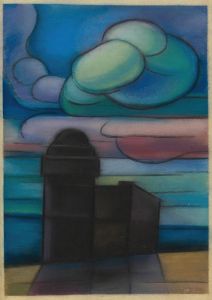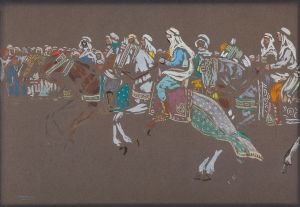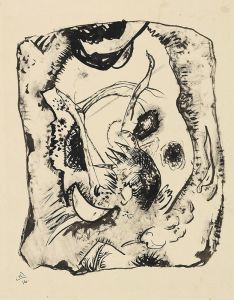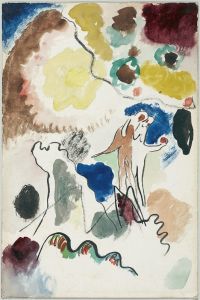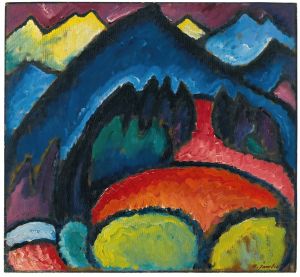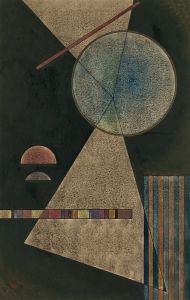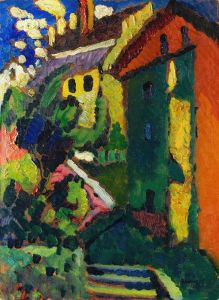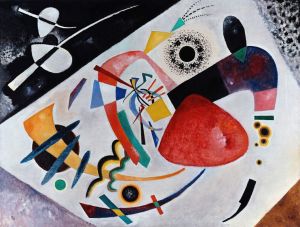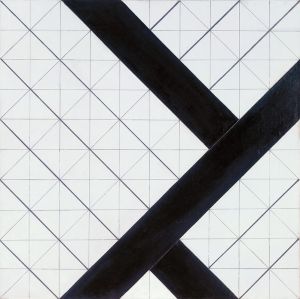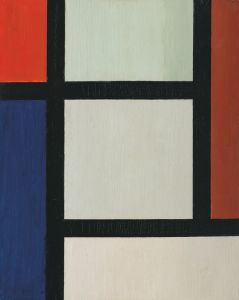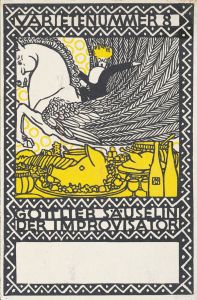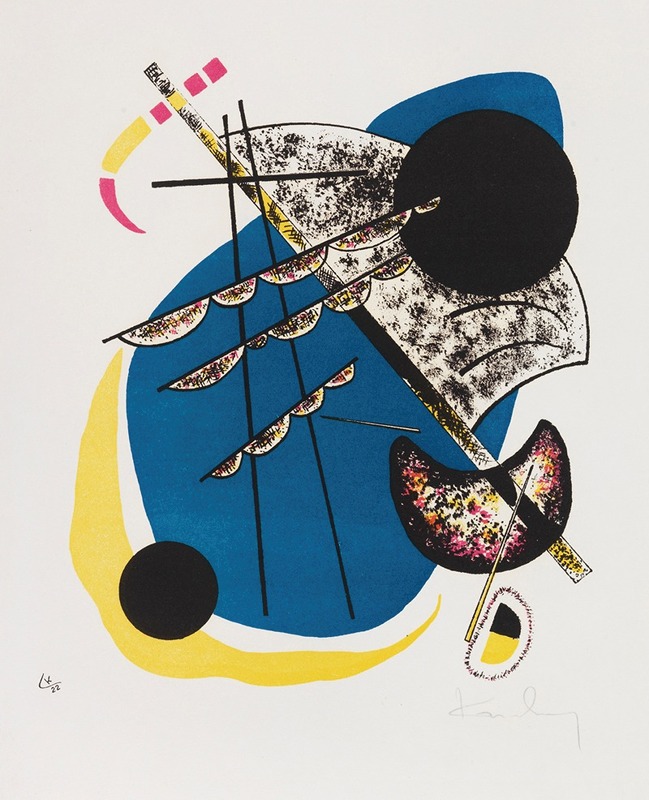
Kleine Welten Ii
A hand-painted replica of Wassily Kandinsky’s masterpiece Kleine Welten Ii, meticulously crafted by professional artists to capture the true essence of the original. Each piece is created with museum-quality canvas and rare mineral pigments, carefully painted by experienced artists with delicate brushstrokes and rich, layered colors to perfectly recreate the texture of the original artwork. Unlike machine-printed reproductions, this hand-painted version brings the painting to life, infused with the artist’s emotions and skill in every stroke. Whether for personal collection or home decoration, it instantly elevates the artistic atmosphere of any space.
Wassily Kandinsky, a pioneering figure in abstract art, created a series of prints known as "Kleine Welten" (Small Worlds) in 1922. Among these, "Kleine Welten II" stands out as a significant piece that reflects Kandinsky's exploration of form, color, and composition. This series was produced during a pivotal time in Kandinsky's career when he was deeply involved with the Bauhaus, an influential art and design school in Germany where he taught from 1922 to 1933.
"Kleine Welten II" is part of a collection of twelve prints, each showcasing Kandinsky's innovative approach to abstraction. The series includes lithographs, woodcuts, and etchings, demonstrating his versatility and mastery of different printmaking techniques. Kandinsky's work during this period was characterized by a shift towards geometric abstraction, influenced by his interactions with other avant-garde artists and the intellectual environment of the Bauhaus.
In "Kleine Welten II," Kandinsky employs a dynamic interplay of shapes and colors, creating a composition that is both harmonious and complex. The print features a variety of geometric forms, including circles, lines, and angles, which are arranged in a way that suggests movement and depth. The use of color is particularly striking, with bold contrasts that enhance the visual impact of the piece. Kandinsky believed that colors and shapes could evoke emotions and spiritual responses, a theory he elaborated on in his writings, such as "Concerning the Spiritual in Art."
The "Kleine Welten" series, including "Kleine Welten II," reflects Kandinsky's interest in the concept of microcosms, or small worlds, which he saw as encapsulating the essence of the universe. This idea is evident in the intricate and self-contained compositions of the prints, which invite viewers to explore the interplay of elements within each piece. Kandinsky's work during this time was also influenced by his synesthetic experiences, where he perceived a connection between colors and sounds, further enriching the sensory experience of his art.
Kandinsky's contributions to abstract art and his role at the Bauhaus were instrumental in shaping modern art. His emphasis on the spiritual and emotional power of art resonated with the broader goals of the Bauhaus, which sought to integrate art, craft, and technology. The "Kleine Welten" series is a testament to Kandinsky's innovative spirit and his ability to convey complex ideas through visual means.
"Kleine Welten II" and its companion pieces continue to be celebrated for their artistic significance and are held in high regard by art historians and enthusiasts alike. They are frequently exhibited in major museums and collections worldwide, serving as a testament to Kandinsky's enduring influence on the development of abstract art. Through works like "Kleine Welten II," Kandinsky not only expanded the boundaries of artistic expression but also invited viewers to engage with art on a deeper, more introspective level.





